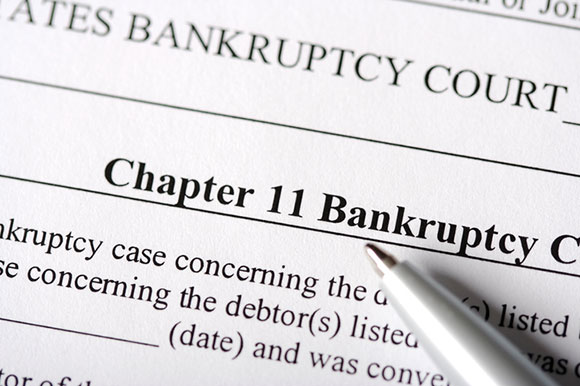Forever 21 may or may not be so “forever.” The teenage mall staple just filed for Chapter 11 bankruptcy and is beginning the tedious process of restructuring after a fateful past few years. Experienced Las Vegas bankruptcy lawyers say they expect to see more retailers following suit.
As part of the meticulous process of restructuring, Forever 21, a privately held company, has decided to close almost 200 of its 500+ stores across the United States, as well as the majority of its locations in Asia and Europe. Stores in Mexico and South America are expected to remain open.

Forever 21 Bankruptcy Numbers
The retailer is loaded in debt, and, as per the company’s bankruptcy filing, the following are some of its biggest creditors:
- Simon Property Group – owed over $8 million in rent by Forever 21.
- Brookfield Properties Retail Group – which includes the Fashion Show Mall in Las Vegas – owed over $5 million in rent.
- REIT Macerich – which includes malls in California, Arizona, New York, and others – owed almost $3 million in rent.
- Westfield – owed $2.5 million in rent.
- Vernado Realty Trust – owed $2.3 million in rent.
The total of all these rental debts is over $21 million (can you image owing your landlord such a bill?) The debts are listed as unliquidated, which means that the exact, precise amounts are yet to be determined and confirmed.
Continuing Operations While Restructuring
During the Chapter 11 restructuring process, Forever 21 plans to continue the operation of its remaining stores. The company wrote a letter to customers addressing the bankruptcy a few weeks ago. In the letter is written:
“This does not mean that we are going out of business; on the contrary, filing for bankruptcy protection is a deliberate and decisive step to put us on a successful track for the future… We are confident this is the right path for the long-term health of our business. Once we complete a reorganization, Forever 21 will be a stronger, more viable company that is better positioned to prosper for years to come.”
Like many stores filing for bankruptcy in the 21st century, Forever 21 has struggled with losing customers to online commerce. So far, in 2019 alone, publicly traded U.S. retailers have announced the closing of 8,558 stores.
After its Chapter 11 restructuring is complete, Forever 21 plans to focus most of its attention on its stores in the United States. “The decisions as to which domestic stores will be closing are ongoing, pending the outcome of continued conversations with landlords,” the letter read. “We do, however, expect a significant number of these stores will remain open and operate as usual, and we do not expect to exit any major markets in the U.S.”
A Steady Rise And Quick Decline
Forever 21 was founded back in 1984. Along with other discount fashion chains like Zara and H&M, it rose to fame among young cost-conscious consumers in the mid-1990s. During the recession in 2008-2009, the store gained further traction, as people wanted to continue buying new fashion and appreciated the affordable prices that Forever 21 offered.
However, in recent years, “fast fashion” has fallen out of style. In addition to the growing popularity of online shopping, consumers are also more interested in buying eco-friendly products, rather than “throwaway” one-time wears (such as the outfits at Forever 21.)
Best of luck to Forever 21 in the ever-changing retail industry!





